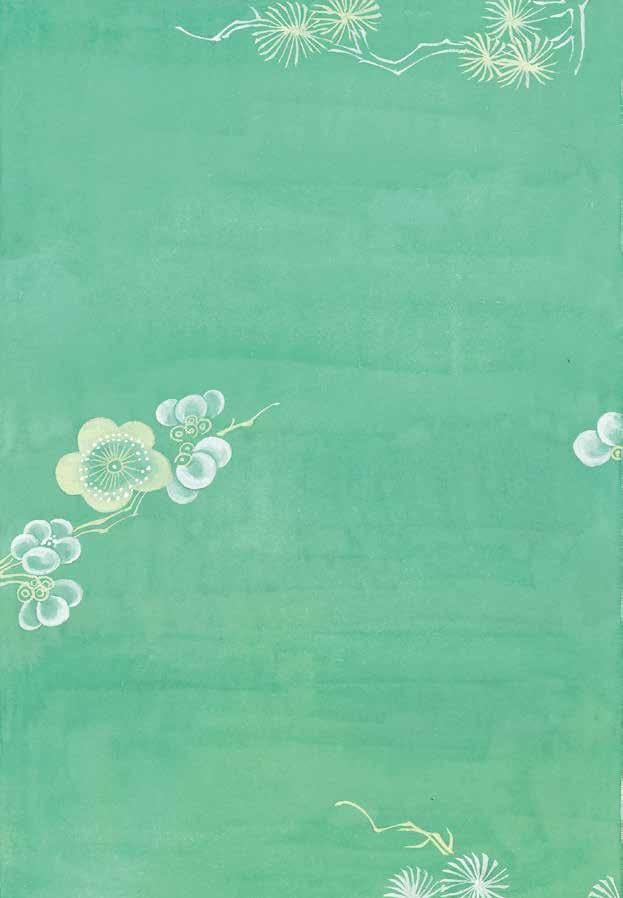Conjuring the Hues of Chinese Culture
2020-02-04byZhouXin
by Zhou Xin
“Seeking the missing colors of Chinese culture.”
This became the mission of Guo Hao, one of the two authors of the book Shades of Chinese Culture: Color Aesthetics of the Palace Museum.
“In early 2018, Li Jianming and I were hired to design a weddingthemed creative project based on the culture of the Palace Museum,”Guo recounted. “In the process, we realized that the colors of the Palace Museum had yet to be catalogued. Aesthetic appreciation constitutes the ultimate collective consciousness of a country. What is Chinese culture? It may be the collective precipitation of national consciousness, and a large part of this precipitation is related to color. So we decided to sort out the colors of the Palace Museum.”
Over the following two years, Guo researched the colors of traditional Chinese culture from ancient books and materials and established a pedigree for traditional colors in Chinese words. Li Jianming located corresponding colors from the vast collection of relics in the Forbidden City based on the catalogued documents to establish a visual pedigree.
They also matched the 24 Solar Terms in Chinese culture and the 72 signals of phenology with 96 cultural relics in the Forbidden City. They crafted exquisite drawings for the book to display 384 colors of the traditional Chinese color systems through cultural relics arranged in the order of time.
Traditional colors were found not only in ancient clothes, accessories, utensils, and art, but also in ancient writings. Chinese characters are the essence of Chinese culture, and traditional colors are closely related to ancient Chinese characters. Each color has a beautiful Chinese name, and many colors carry extensive connotations.
“These words for colors, rooted in Chinese characters, build the world of colors in the Chinese language and consciousness, from the classical vocabulary describing specific objects to the imagination of poetic colors in literature,” Guo said.
He explained that traditional Chinese colors were matched with two major natural systems: the Five Elements and the four seasons. Blue, red, white, black, and yellow?the five major colors?correspond to east, south, west, north, and middle as well as spring, summer, autumn, and winter. These traditional colors from nature and daily life reflected ancient Chinese peoples observation and understanding of the world.
“The clothes Chinese emperors wore when offering sacrifices was usually ‘Xuan color for the upper garment and ‘Xunfor lower,” stated Guo.“Xuan refers to black with a hint of red, the color of the scenery when the sun is about to creep over the horizon. Xun refers to the color of lingering light when the sun has just dipped below the horizon. Wearing them expresses respect for heaven and earth.”
Traditional Chinese colors are not only about the way in which Chinese people define colors, but also how Chinese people view the world. The colors are composed of Eastern aesthetics and ancient wisdom that have been passed down for thousands of years.
